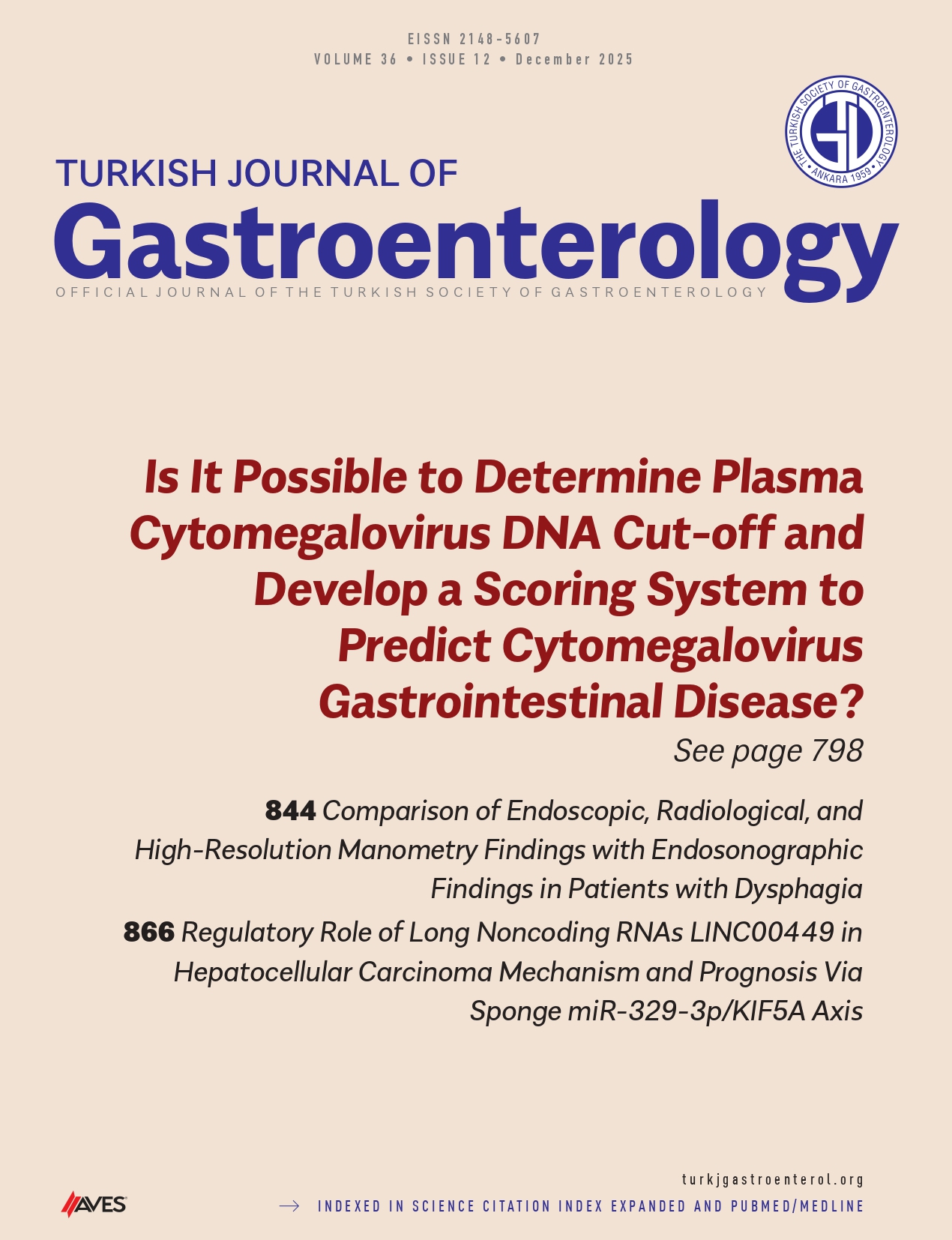Background/Aims: Chronic hepatitis C (CHC) is the only viral infection that can be treated with oral antiviral agents. However, CHC awareness is a major barrier to the World Health Organization’s target of eliminating hepatitis C virus (HCV) by 2030. Here, CHC awareness trends were analyzed in Hacettepe University Hospital, Turkey, between January 2000 and December 2017.
Materials and Methods: Central laboratory data were retrospectively analyzed for HCV test results (anti-HCV, HCV RNA, HCV genotype). After combining 548,141 anti-HCV test results, 395,103 cases were analyzed. The following two parameters were defined for CHC awareness: (1) the presence of HCV RNA results for anti-HCV positives and (2) the presence of a genotype result for HCV RNA positives.
Results: Anti-HCV positives were older than negatives (mean age-years ± SD, 59.4 ± 19.0 vs. 44.0 ± 18.9), and the positivity rate was higher in women than in men (1.4% vs. 1.0%). Anti-HCV positivity decreased from 3.1% to 0.6% from 2000 to 2015 and subsequently stabilized. The overall percentage of RNA testing among anti-HCV positives was 53.1% (range, 20%–70%), which stabilized at approximately 50% after 2010. The genotyping rate for RNA positives varied between 40% and 70%. The main genotype identified was genotype 1 (85.7%).
Conclusion: In an ideal CHC awareness state, all anti-HCV positives should undergo RNA testing, and genotyping should be performed when RNA tests are positive. However, even in our referral center, the combined rate of RNA and genotype testing was only approximately 50% during the last 10 years.
Cite this article as: Yasemin Balaban H, Dağ O, Alp A, et al. Retrospective evaluation of hepatitis C awareness in Turkey through two decades. Turk J Gastroenterol. 2021; 32(1): 88-96.




.png)
.png)